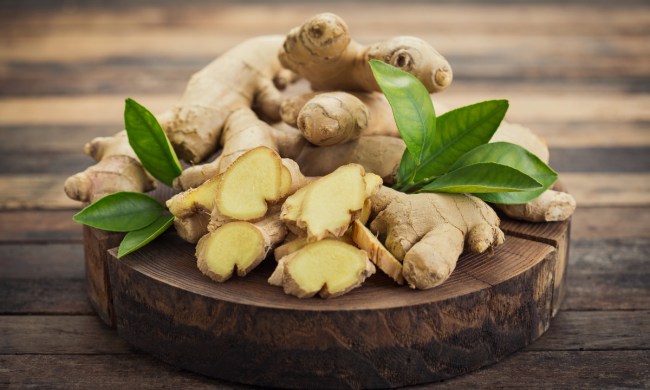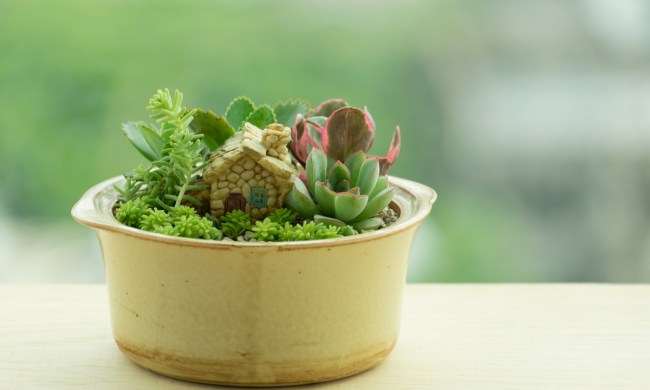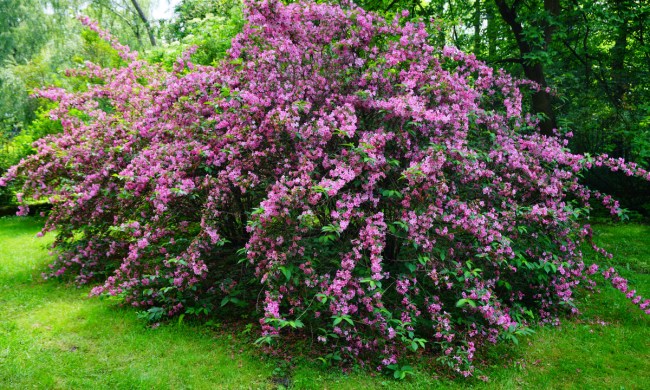Vertical gardens, whether they take the form of a living wall or a simple trellis, are beautiful ways to add visual interest to your garden while saving space. If you’re looking for another plant to add to your existing vertical garden or want to start one, then you might be interested in learning about fuchsia. This is a gorgeous plant that you’ll find as shrubs, trees, or trailing vines. It has stunning pink, purple, and white flowers, and you can easily propagate it. We have everything you need to know to add this wonderful plant to your garden here in this simply growing guide.
When to plant fuchsias
Fuchsias are sensitive to the cold, which can make planting them a bit tricky. Although you can plant them in the early to middle of spring, you shouldn’t plant fuchsias until all danger of frost has passed. This varies from region to region, but in general, late spring to early summer is the best time to plant fuchsias. April and May are two of the most popular months for planting fuchsias, but it’s important to find out your local area’s last frost date before you plan your planting.
You can plant fuchsias later in the year as well, but this requires special consideration. Planting them during the middle to late summer requires extra water, as young plants need a lot of water and water evaporates more quickly during the heat of summer. Planting fuchsias later than summer isn’t generally recommended. Temperatures that are consistently below 40 degrees Fahrenheit can kill adult fuchsias, and young fuchsias are more vulnerable to the cold.
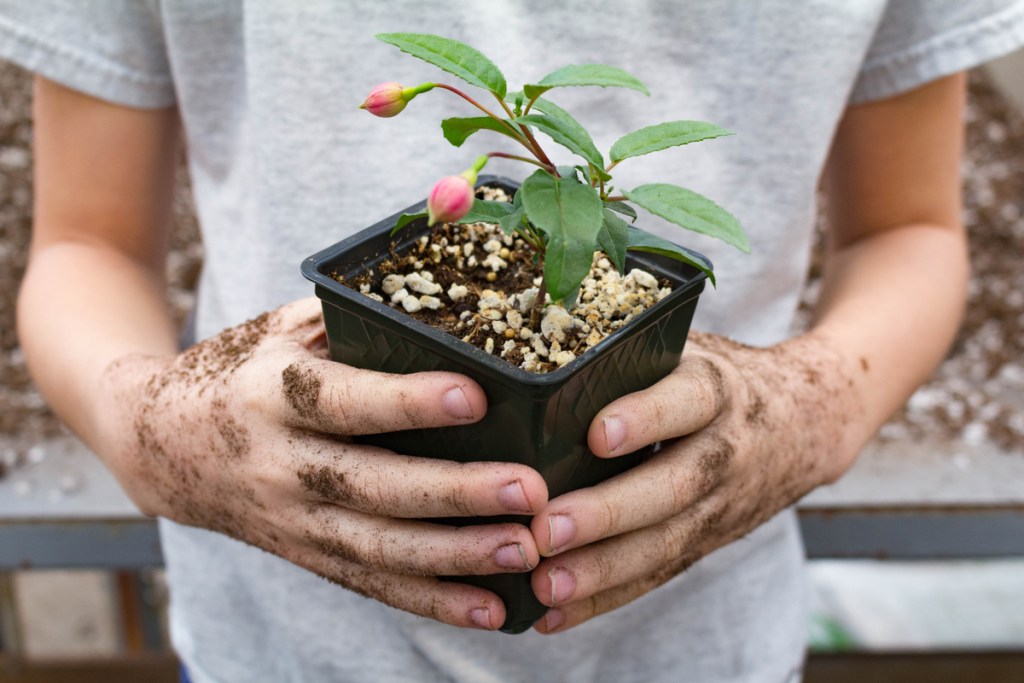
How to plant fuchsias
Fuchsias can start from seeds, cuttings, or seedlings. You can find seeds easily online or in garden supply stores, and seedlings, also called starter plants or nursery starts, are a common sight in many nurseries. Cuttings can come from an adult plant if you have access to one. If the plant isn’t yours, make sure you ask first!
Many gardeners choose to start with a nursery fuchsia, as it’s the quickest and easiest method. Fuchsia seeds germinate slowly, so they require patience and care. Since they take a few months to germinate, seeds are best to start indoors during winter. Cuttings are much faster than seeds, but they require more attention than a nursery start.
Choosing the right location for your fuchsia saves you heartache down the road. Look for a location with average, well-draining soil. It should also receive partial or filtered light. Fuchsias are not fond of direct, bright light, so an area under a tree or in the shadow of a building is a good choice.
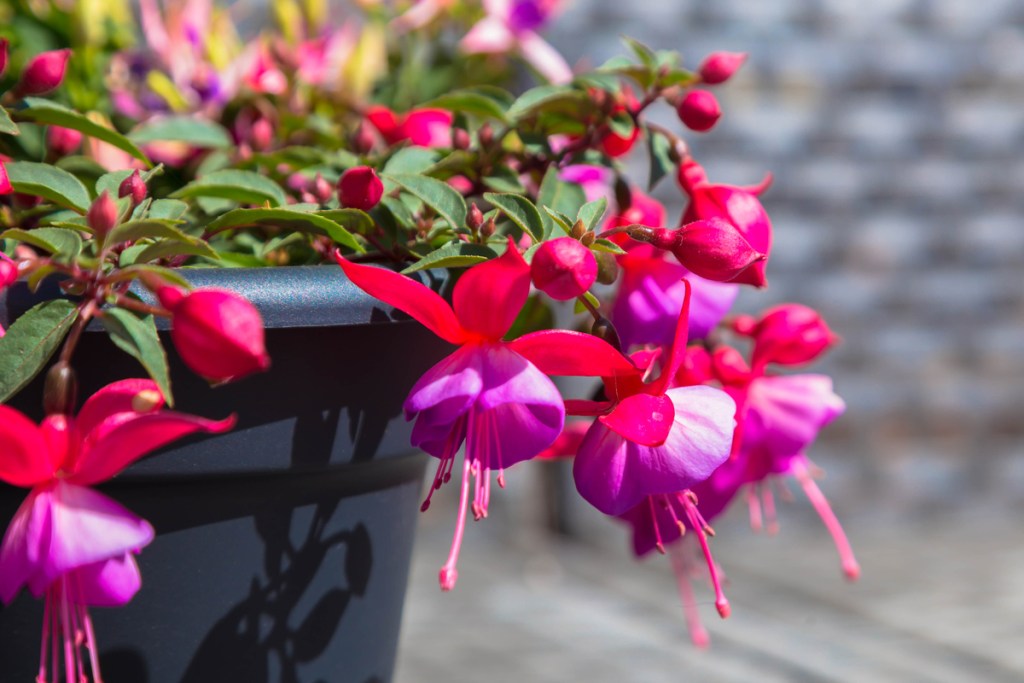
Caring for fuchsias
Fuchsia care is simple once you know what the plant likes. The most important thing is to keep the soil moist, but not soggy. The ground around this plant should be slightly damp to the touch, but not muddy, and if you scoop some up in your hand, it shouldn’t drip. Fuchsias need consistent moisture, but overwatering can cause problems.
Pruning is also helpful for fuchsias. It keeps them the size and shape you want, and it encourages new growth. Fuchsias produce flowers on new growth, so pruning helps keep them flowering. Prune fuchsias in early spring, before they come out of dormancy and begin to grow. Start at the base of the plant and move toward the upper and outer edges. Look for dead, damaged, or diseased branches, as well as branches that touch or cross.
To grow them on a trellis, position your plant next to the trellis and gently weave the ends of the branches into it. Keep an eye on the fuchsia as it grows, tucking any new branches or loose ends into the trellis. Plants grown on trellises often need water more frequently, as the ground receives less protective shade from the plant.
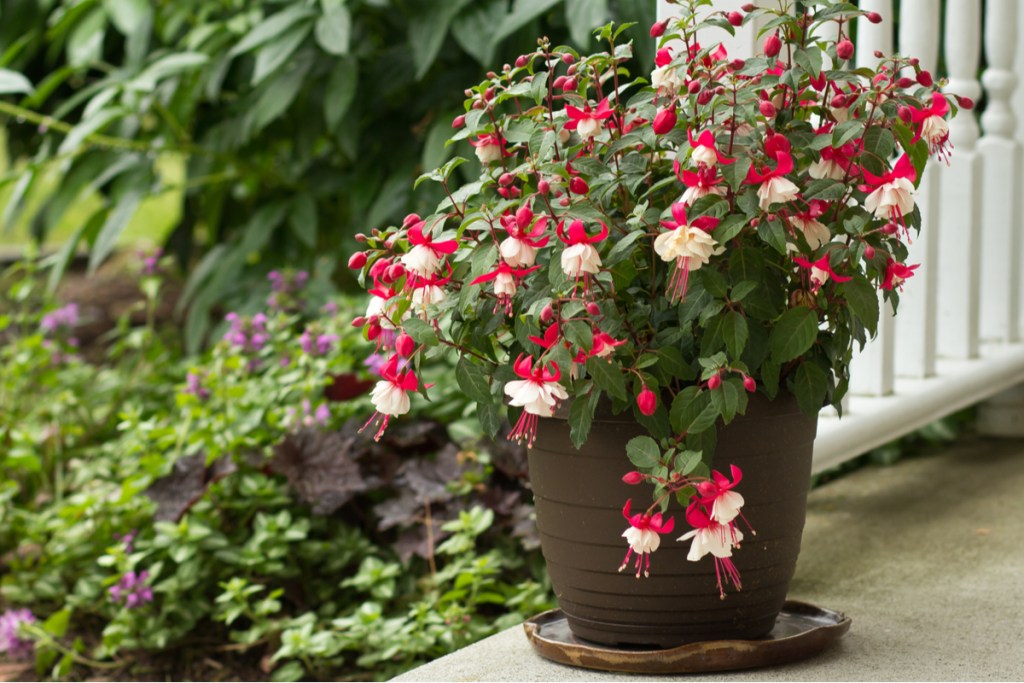
What type of fuchsia is right for you?
There are many varieties of fuchsia, with different flower colors and shapes and various mature sizes. However, they all fall into two categories: upright and trailing. Upright fuchsias are bushes, shrubs, or even trees. They are typically larger than trailing varieties, but they come in a range of sizes. Trailing varieties are vine-like plants. They are smaller and usually have fewer branches.
Both categories contain many varieties, and there are some circumstances where either kind of fuchsia works. However, there are some situations in which one is a better fit than the other. If you want fuchsias for a trellis, vertical garden, or hanging pot, then the trailing variety is the better choice.
Trailing fuchsias are also better suited for containers, but small upright varieties can also grow in pots. Upright fuchsias work well for free-standing gardens, and their taller stature makes them a good choice for areas where shorter plants are hidden from view.
Whether you choose a tall, upright variety of fuchsia or a sleek, trailing variety, the gorgeous flowers this plant offers will brighten any home or garden. As an added bonus, the flowers and berries of fuchsia are edible. Although not everyone is fond of the flavor, and the taste varies by variety, some people find the berries and flowers to be a tasty treat. Whether you enjoy its appearance or flavor, fuchsia is a wonderful plant that anyone can grow.

